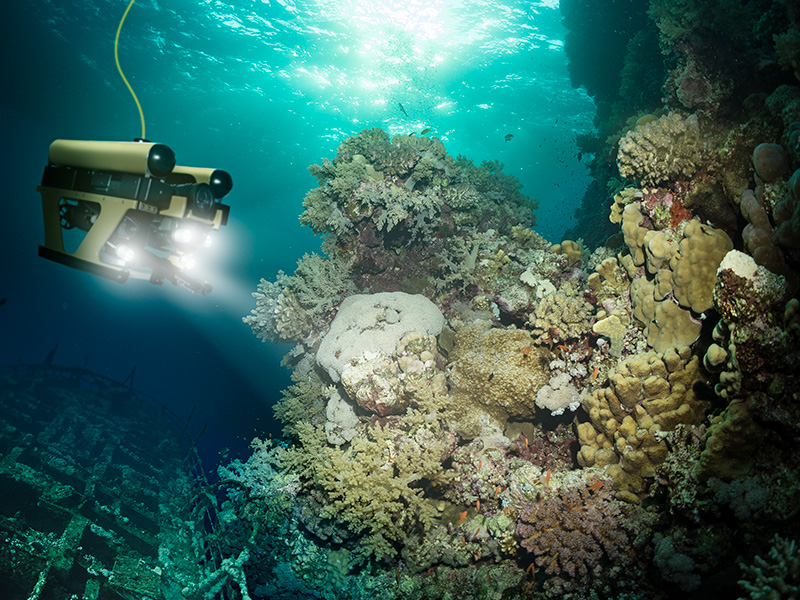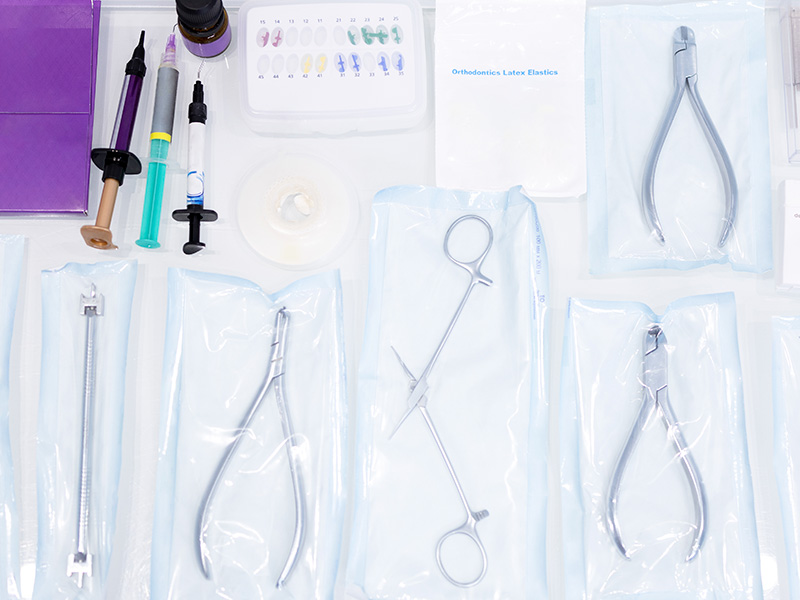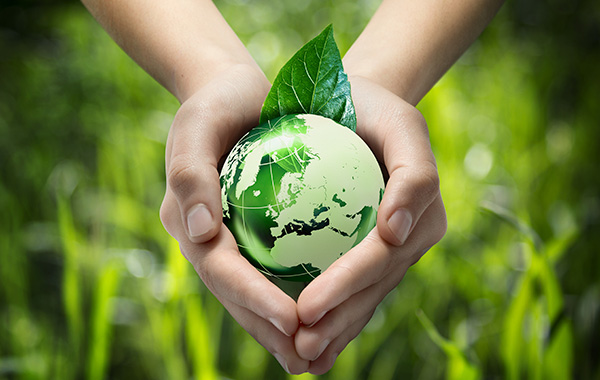Definition of raw material and application requirements
About FURIOUS
New bio-based plastics for a fossil-free future
Innovative solutions for the bioplastics sectors
Plastics are used to produce both common objects and sophisticated devices, thanks to their exceptional properties including lightweight, durability, versatility and low cost. The substitution of fossil-derived monomers with renewable-based ones is a key issue to be addressed to lower greenhouse gas emissions, but there are several challenges to overcome in terms of demanding properties that must be achieved by bio-based polymers.
The latest trends in the research of plastics deriving from bio-based feedstocks consider that the aromatic 2,5- furan dicarboxylic acid (2,5-FDCA) is one of the twelve top value-added chemicals from biomass. It can be obtained from sugars like xylose, glucose and fructose or from lignocellulosic feedstock.
However, the best studied furan-based polyester, Polyethylene Furanoate (PEF), is basically stiff and fragile, which strongly limits its applications. Up to now, the intriguing physical/mechanical, oxygen and vapour barrier properties of furan-based polyesters make them the most credible alternative to conventional plastics. Modelling new bio-based and biodegradable polymers from furan dicarboxylic acid is the objective of the FURIOUS project.
The FURIOUS project will obtain a new class of versatile furan-based biopolymers as sustainable alternatives to traditional fossil-based plastics





